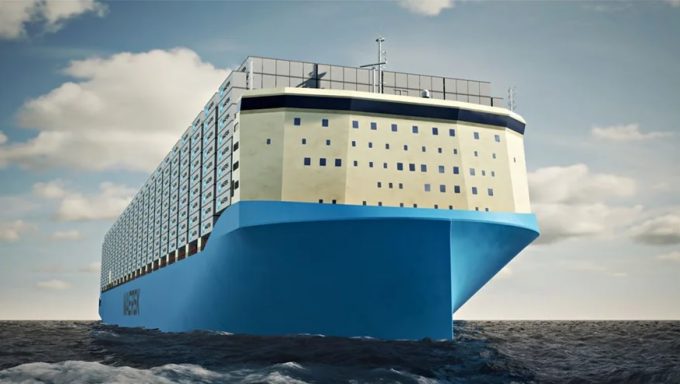Forwarders welcome MSC decision to continue 'critical' South Africa-USEC service
South Africa’s freight forwarders have welcomed a decision by MSC to continue its direct weekly ...

As part of a wider shift toward green methanol as its future fuel of choice, Maersk has unveiled a new 16,000 teu green-methanol ship design.
It puts the crew accommodation and funnel at opposite ends of the vessel, a move the shipping giant says will improve ...


Comment on this article